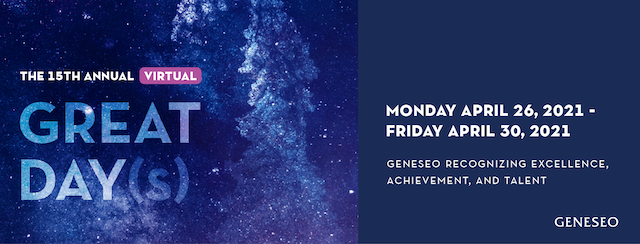
Submission Type
Poster
Start Date
April 2021
Abstract
Affirmative action is one of the most controversial topics in American politics as many groups fight for more expansive affirmative action while other groups are calling for their complete removal. Affirmative action in higher education is a series of policies that were enacted by the US government to ensure that historically underrepresented people were able to obtain academic opportunities from which they have been historically excluded from. However, almost sixty-one years later after the implementation of the first policies approved by JFK, has anything changed? This research will aim to evaluate whether various affirmative action policies across several states have actually been successful in their intent. Some of the questions I will aim to answer will be: Why was affirmative action created and what was its original intent? Has the original intent of these policies changed over time? Who were these policies made for and have the policies aided their intended audience? What were some unintended consequences that these policies created? As the demand for a higher education is rising in many historically underrepresented communities, it is worth exploring the results of these policies that affirmative action legislation has produced thus far.
Recommended Citation
Romano, Yadariselt, "220— Affirmative Action as Part of Educational Reform in the U.S" (2021). GREAT Day Posters. 68.
https://knightscholar.geneseo.edu/great-day-symposium/great-day-2021/posters-2021/68
Included in
American Politics Commons, Education Policy Commons, Public Policy Commons, Social Policy Commons
220— Affirmative Action as Part of Educational Reform in the U.S
Affirmative action is one of the most controversial topics in American politics as many groups fight for more expansive affirmative action while other groups are calling for their complete removal. Affirmative action in higher education is a series of policies that were enacted by the US government to ensure that historically underrepresented people were able to obtain academic opportunities from which they have been historically excluded from. However, almost sixty-one years later after the implementation of the first policies approved by JFK, has anything changed? This research will aim to evaluate whether various affirmative action policies across several states have actually been successful in their intent. Some of the questions I will aim to answer will be: Why was affirmative action created and what was its original intent? Has the original intent of these policies changed over time? Who were these policies made for and have the policies aided their intended audience? What were some unintended consequences that these policies created? As the demand for a higher education is rising in many historically underrepresented communities, it is worth exploring the results of these policies that affirmative action legislation has produced thus far.


Comments
Sponsored by Eunju Kang